Updated: 8 Jan 2014
Early history added


Updated: 8 Jan 2014
|  
|
It was not. There was (as usual) a good reason. In fact, it was actually a pretty clever solution to a temporary problem.
  | Left: Article from The Electrical Magazine: 1904
|
The article above shows that the possibility of using hydro-electric power to boil water in a locomotive had ben considered for a long time. The article's date is only known to be between January and June 1904.
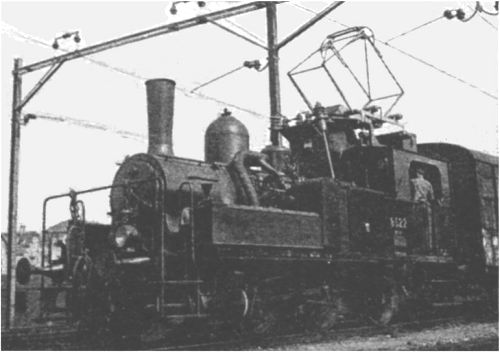 | Left: One of the Swiss electric-steam tank engines
|
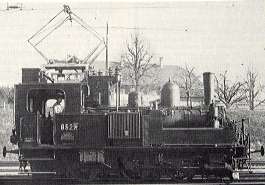 | Left: Another view of the electric-steam tank engine
|
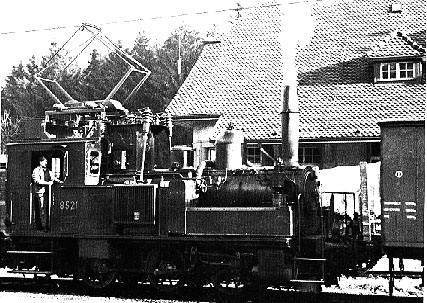 | Left: And another view. The chimney seems to have been extended in this photo
|
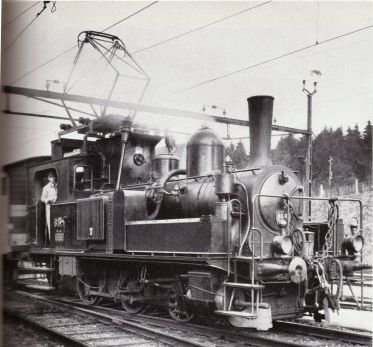 | Left: This is engine E 3/3 pictured in 1942. |
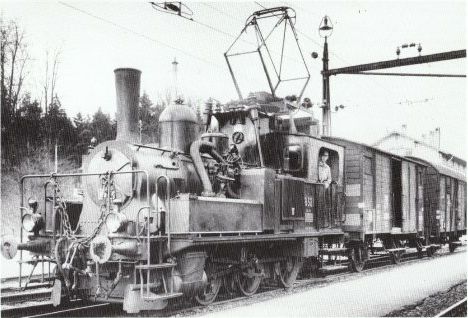 | Left: This was clearly taken at the same time as the picture above. |
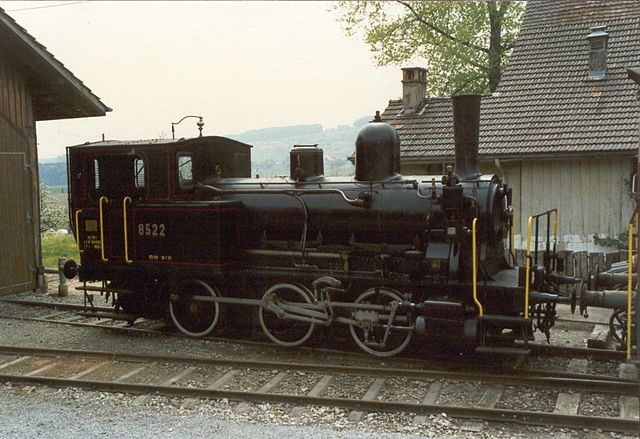 | Left: Preserved, without electric heaters
|


